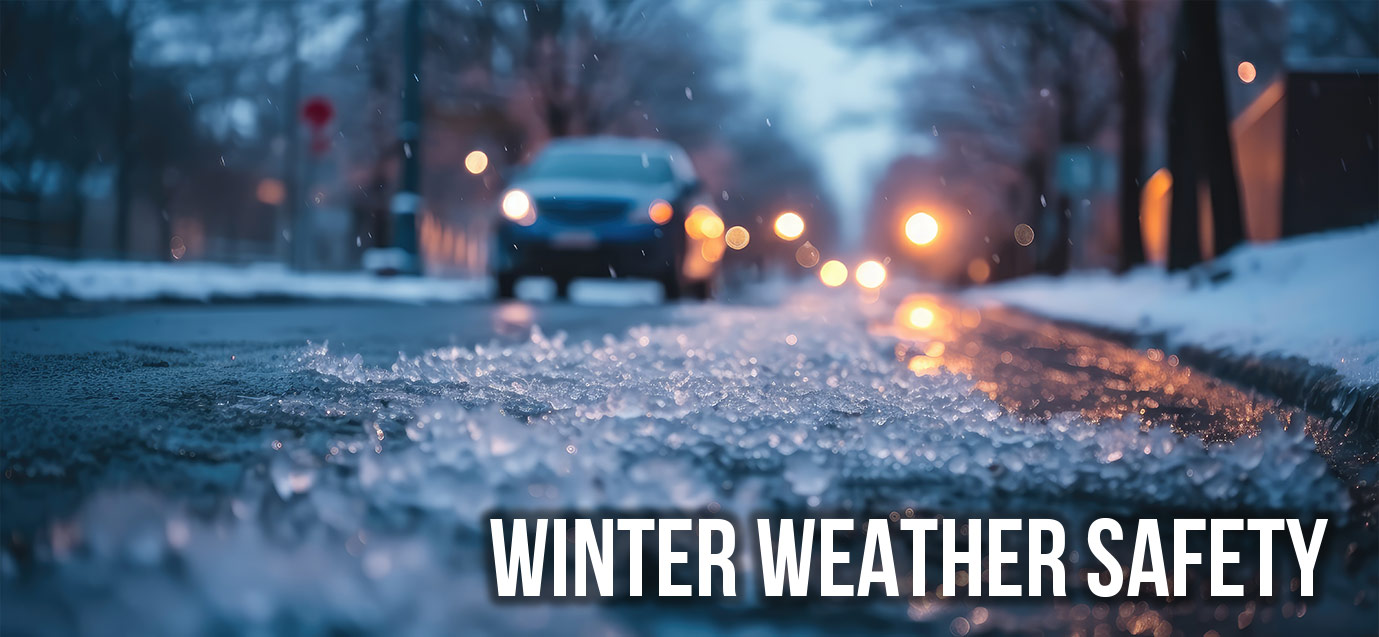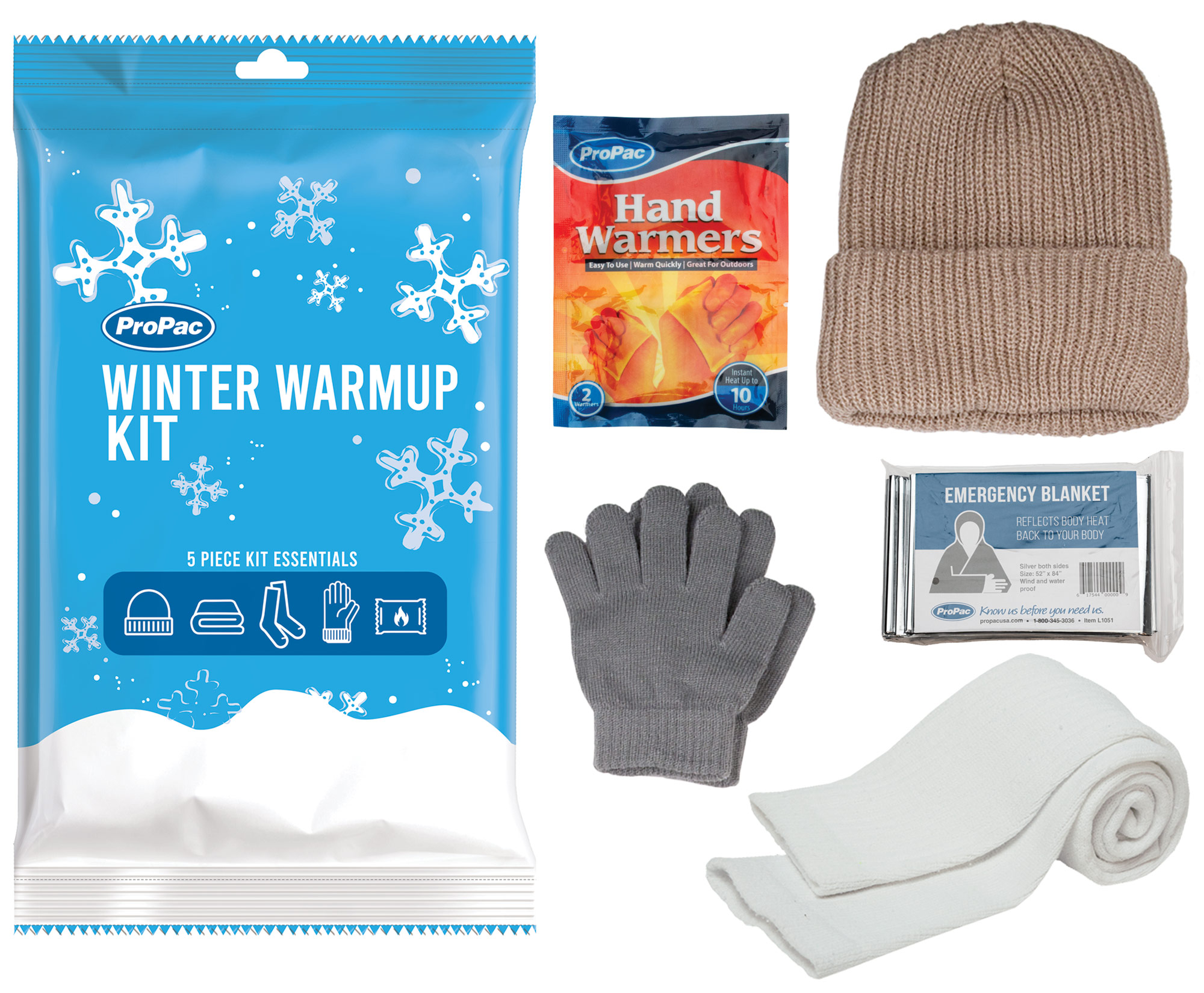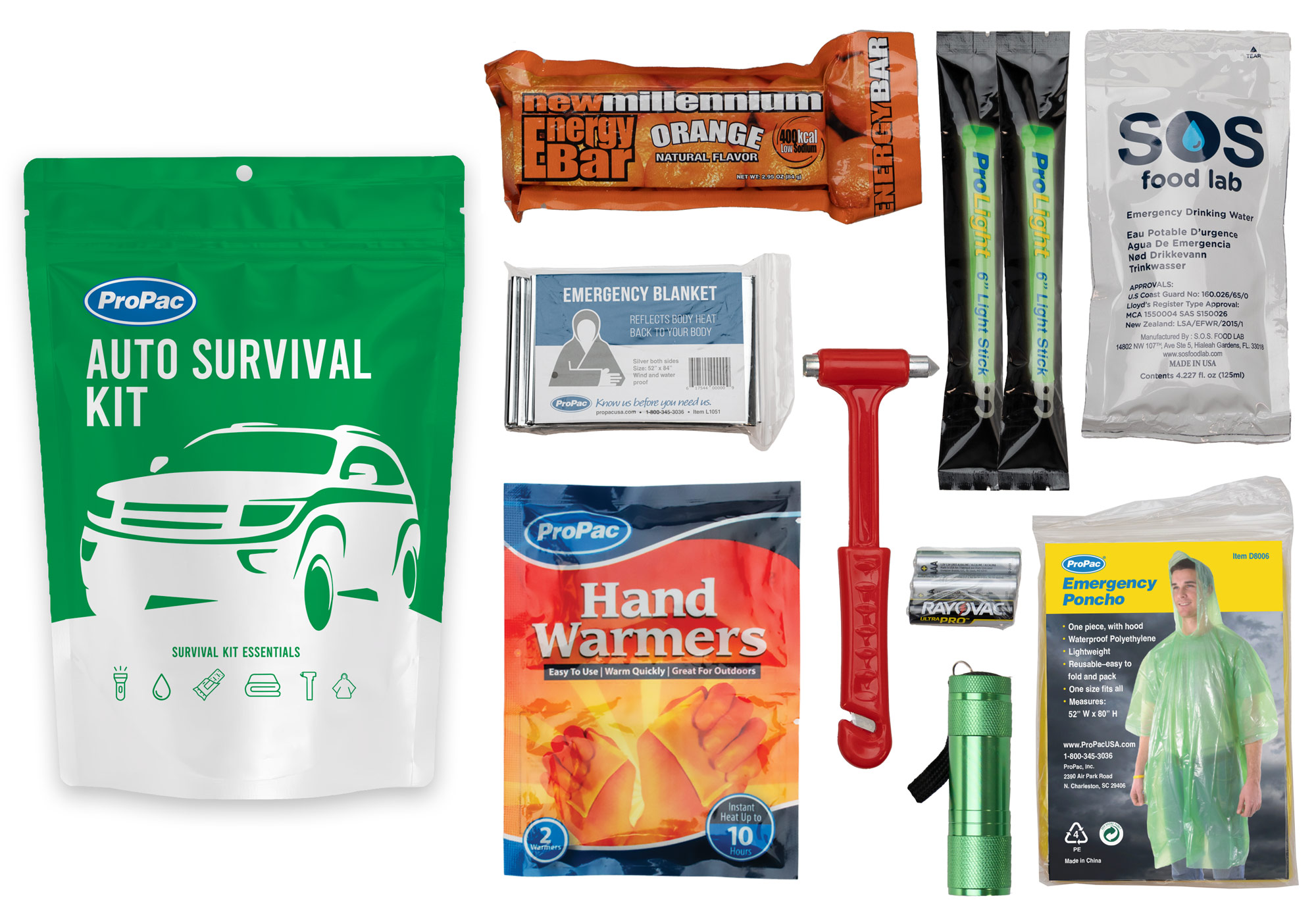
Winter Weather Safety
Wednesday November 29, 2023
Preparing for Winter Weather
As winter approaches, it brings with it the beauty of snow-covered landscapes and the joy of winter activities. However, it also comes with its own set of challenges, risks, and hazards. To ensure you and your loved ones stay safe during the winter months, it's crucial to be prepared for emergencies. Continue reading to learn about winter safety tips and emergency preparedness measures to keep you protected in the cold weather.
Whether for personal preparedness or to share important information in your community, understanding the risk of winter weather can make a difference during an emergency.
Keep a Winter Emergency Kit on Hand
Creating or purchasing a winter emergency kit is pertinent to staying safe in the winter season. ProPac’s Winter Warmup Kit is an efficient and simple solution to keeping warm in the winter.
Items to include in your kit:
· Blankets or sleeping bags
· Non-perishable food and water
· Flashlights with extra batteries
· First aid kit
· Warm clothing, gloves, and hats
· Portable phone charger
· Shovel and ice scraper

Stay Informed
Keep yourself updated on weather forecasts and winter storm warnings. Stay tuned to local news channels, weather apps, or NOAA Weather Radio. Being aware of changing weather conditions allows you to plan accordingly and take necessary precautions.
Winterize Your Home
· Prepare your home for the cold by
- Insulating windows and doors
- Checking your heating system
- Clearing gutters to prevent ice dams
- Ensuring proper insulation in attics and crawl spaces
Safe Driving Practices
General driving safety is always important, but winter weather poses more risks when on the road. Keeping an Auto Safety Kit in your car is vital to road safety. Winter driving can be treacherous, so take the following precautions:
· Install snow tires and chains if necessary
· Keep your gas tank full
· Avoid unnecessary travel during severe weather
· Equip your vehicle with an emergency kit

Protect Yourself from Frostbite and Hypothermia
To protect yourself from frostbite and hypothermia, dress in layers to retain body heat and protect against extreme cold. Cover exposed skin and be aware of signs of frostbite, like numbness, and white or grayish-yellow skin, and hypothermia signs like shivering and confusion. Seek medical attention if you or someone else shows symptoms.
Ice Safety
Be cautious around icy surfaces, whether on sidewalks, driveways, or bodies of water. Use salt or sand to improve traction and wear appropriate footwear with good grip. When engaging in winter sports on frozen lakes or ponds, ensure the ice is thick and safe enough to put weight on.
Know Your Surroundings
Familiarize yourself with the area and know the location of emergency shelters, hospitals, and evacuation routes. Share this information with family members and make sure everyone is aware of the emergency plans in place.
Stay Connected
Establish a communication plan with family and friends in case of separation during a winter storm. Choose a designated meeting place and use text messages or social media to stay connected when phone lines may be overloaded.
By taking these winter safety precautions and preparing for emergencies, you can enjoy the beauty of the season while minimizing the risks associated with cold weather.
Stay warm, stay informed, and be proactive in ensuring the safety of yourself and those around you. Winter can be challenging, but with the right preparations, you can navigate it safely and with confidence.